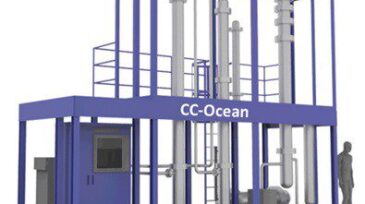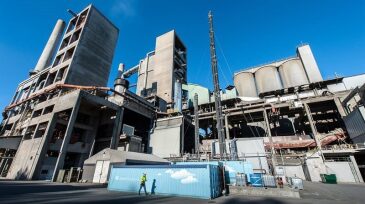Carbon capture and storage
The early enthusiasm for carbon capture and storage (CCS) is showing signs of strain as the limited capital availability and political support become clearer.
The two companies said they will evaluate the possibility of a joint venture to develop a direct air capture hub in South Texas, with XRG considering investing up to $500 million.
The plant at Heidelberg Materials’ cement facility in Brevik, Norway, has captured its first 1,000 metric tons of carbon dioxide.
-
The memorandum of understanding with Microsoft follows a conditional investment decision made in May by Equinor, Shell, and Total. Pending Norwegian government approval, the final investment decision for the project is expected in late 2020 with startup expected in 2024.
-
Eni plans to reuse depleted hydrocarbon reservoirs in Liverpool Bay to permanently store CO2 captured in northwest England and North Wales.
-
The oil major said it will now work with Global Thermostat on technology that would remove carbon dioxide directly from the air.
-
Phase 1 involved a feasibility study for a facility capable of capturing 750,000 tonnes of carbon dioxide annually. The next phase will explore building a facility capable of more than twice that amount.
-
The project aims to identify risks and conduct operability and safety evaluations for the world’s first attempt at capturing carbon dioxide at sea.
-
Oxy Low Carbon Ventures and Rusheen Capital Management have formed a development company to finance the world’s largest carbon-dioxide-capturing facility using Carbon Engineering’s direct air capture technology.
-
Two technologies that may play a part in the decarbonization of the UK energy business are carbon capture, use, and storage and the use of hydrogen for energy transportation and storage. This approach builds on the UK’s gas-network infrastructure, which can be repurposed to avoid becoming stranded.
-
The White House review of proposed rules for an expanded credit for capturing and storing carbon dioxide resulted in changes that give the IRS more time to take back the credits in case of carbon leaks.
-
The cement industry is exploring carbon capture technology to reduce its carbon footprint.
-
The Swiss startup said it had raised a further $75 million from private investors to help fund technology that captures carbon dioxide directly from the air.













